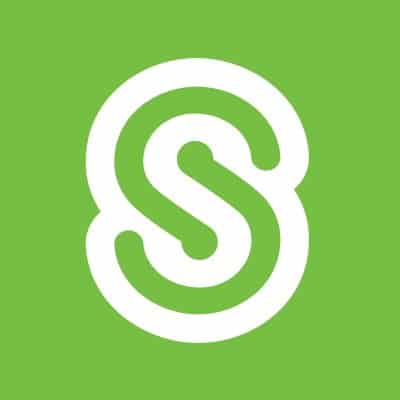
Although $2.2 trillion from the CARES Act may sound like a lot, it wasn’t quite enough to meet the needs of America’s many small businesses. So, the U.S. federal government has stepped up to the plate once again, this time delivering $484 billion in additional funding. Passed by Congress and signed by the President, this second round of funding is expected to be exhausted soon as well; so, time is of the essence if your small business needs a cash infusion.
Already approved for the PPP? Check out: How to Maximize Your PPP Loan Forgiveness
Help for Small Businesses
Of the $484 billion in total funding from the new coronavirus aid package, $310 billion is allocated for small businesses. The Economic Injury Disaster Loan (EIDL) Program will get $60 billion, while the Paycheck Protection Program (PPP) gets $250 billion.
PPP was created by the CARES Act. It provides forgivable loans to small businesses for payroll, utilities, rent, and other business-related expenses. Loan amounts that don’t qualify for forgiveness nevertheless receive special terms, including deferment for 6 months and a 1% APR. Under the CARES Act, the interest rate can be as high as 4%; so, the special financing could change in the future.
The EIDL program is another service of the Small Business Administration. It offers up to $1,000 per employee in grants, plus loans up to $10 million. EIDL rates are 3.75% for small businesses and 2.75% for non-profit groups. There is no loan forgiveness for EIDL loans.
A single business can apply for both an EIDL and a PPP loan. Although SBA borrowers are normally required to seek funding elsewhere first, this rule has been suspended by the CARES Act.
Partnerships
Businesses classified as partnerships are eligible for the government’s coronavirus aid programs. A single partnership should submit just one application, with the total payroll cost incorporating the self-employed income of all general active partners, including Guaranteed Payments to Partners.
Sole Proprietors and the Self-Employed
Gig workers, independent contractors, sole proprietors, and the self-employed are eligible, too. There is one point that distinguishes them from other small businesses. They need to calculate their average monthly payroll by multiplying 8/52 by line 31 on their 2019 Schedule C. The schedule does not need to be filed yet with the IRS, but an accurate copy does need to be included with a PPP loan application. Health insurance premiums and retirement plan payments for this class are not included in the calculation of the PPP.
The Application Process for EIDL’s
Although the SBA suspended new EIDL applications in the middle of April, the suspension has now been lifted due to the extra $60 billion allocated to the program.
The application process for an EIDL is pretty straightforward. Just head over to the SBA’s EIDL loan page and submit your business details electronically. Applications are processed on a first-come, first-served basis, and there are many applications from the first round that still have not been processed. Because this second-round of funds will be quickly exhausted, there is no time to lose.
The Application Process for PPP Loans
To secure a PPP loan, a small business must go through a lender. This requirement has created a hurdle that doesn’t exist with EIDL’s. Many borrowers have reported not being able to secure loans because they don’t have a pre-existing relationship with a local bank.
Because of this situation, it may be helpful to start with a financial institution your business currently has a relationship with. If this is not possible, first opening a checking or savings account with a small local bank or credit union may be an alternative strategy that could help to secure approval. The additional round of PPP funding allocates $60 billion (of the total $250 billion) to small local lenders.
Going through a local lender will require the submission of the SBA’s PPP loan application. To find an SBA-eligible lender, visit the agency’s locator page.
A third strategy is to use an online PPP loan service. Several are popping up. Here are a few of the newer options:
Other Allocations from the New Law
Besides loans for small businesses, the new law provides $25 billion for coronavirus testing and $75 billion for hospitals.
If your business needs any assistance navigating its way through the maze of red tape inherent in the government’s coronavirus loan programs, contact Glass Jacobson for help.






